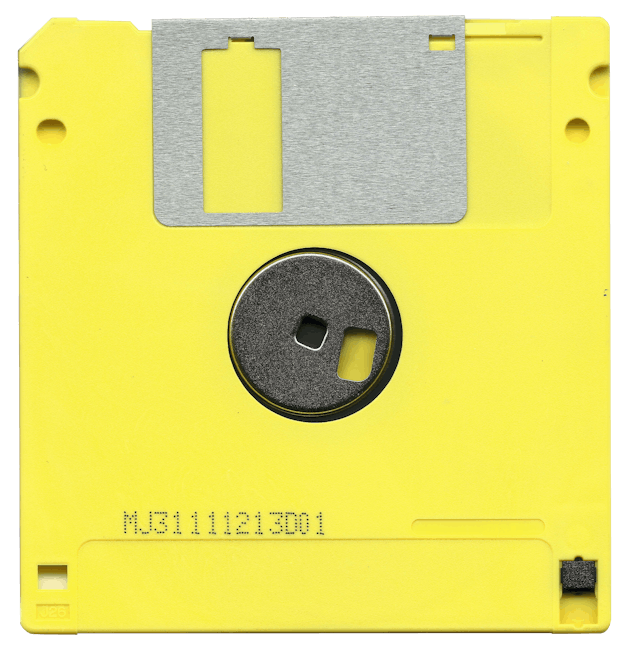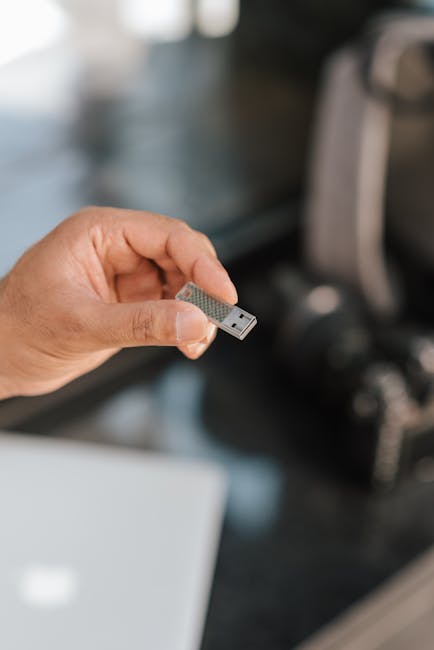Unlock encrypted content
Please enter your SSCE key to initiate on-the-fly decryption.
Decryption key: (Click cancel if you don't have the key)
Copied link to clipboard.
This feature is unavailable for free accounts. Upgrade now and enjoy all Premium benefits.
Go Premium!
This feature is unavailable for free accounts. Upgrade now and enjoy all Premium benefits.
Go Premium!
Please open this page in browser ( Google Chrome or Safari ) to use this feature.
Open In Browser
Intuitive File Collaboration Interfaces: Enhancing Productivity and Efficiency in Data Management.
Random related video for this blog.
Copied share link to clipboard.
In today's digital age, effective file collaboration and data management have become essential for individuals and businesses alike. With the ever-increasing volume of data being generated and shared, it is crucial to have intuitive file collaboration interfaces that streamline the process of organizing and accessing files. This article explores the importance of intuitive file collaboration interfaces, along with other cutting-edge technologies such as Li-Fi (Light Fidelity), SSL data transfer, and quantum data storage, that are revolutionizing the way we manage and share data.
Intuitive File Collaboration Interfaces: Simplifying Data Management
Intuitive file collaboration interfaces provide users with a user-friendly and visually appealing platform to manage their files and folders. These interfaces are designed to simplify the process of organizing, accessing, and sharing files, thereby enhancing productivity and efficiency. Gone are the days of searching through countless folders and subfolders to find a specific file. With intuitive interfaces, users can easily navigate through their files and folders, saving valuable time and effort. One such platform that offers an intuitive file collaboration interface is FileLu. With its seamless and user-friendly design, FileLu allows users to effortlessly organize their files and folders, ensuring easy access and efficient collaboration. Whether you are an individual or a business, FileLu's intuitive interface makes it easy to manage and share files with colleagues, clients, or friends.Li-Fi: The Future of Data Transfer
Li-Fi, or Light Fidelity, is a revolutionary technology that utilizes light waves to transmit data. Unlike traditional Wi-Fi, which relies on radio waves, Li-Fi offers faster and more secure data transfer. With Li-Fi, data can be transferred at speeds of up to 100 times faster than Wi-Fi, making it ideal for applications that require high-speed data transfer, such as file collaboration. Imagine being able to transfer large files within seconds, without any loss in speedor security. Li-Fi makes this possible by utilizing the visible light spectrum to transmit data. By modulating the light intensity at a high frequency, data can be encoded and transmitted through light waves. This technology not only offers faster data transfer but also provides enhanced security, as light waves do not penetrate walls, making it difficult for hackers to intercept the data.
SSL: Secure Data Transfer
Data security is a top priority in today's digital landscape. SSL, or Secure Sockets Layer, is a cryptographic protocol that ensures secure data transfer over the internet. SSL encrypts the data being transmitted, making it unreadable to unauthorized individuals. This encryption ensures that sensitive information, such as personal data or financial transactions, remains secure during the transfer process. When it comes to file collaboration, SSL plays a crucial role in protecting the confidentiality and integrity of shared files. By using SSL data transfer, users can have peace of mind knowing that their files are encrypted and secure during transmission. FileLu, for instance, employs SSL encryption to safeguard the data being transferred between users, providing an added layer of security.Quantum Data Storage: Unlocking Limitless Possibilities
As the volume of data continues to grow exponentially, the need for efficient and scalable data storage solutions becomes more pressing. Quantum data storage is a promising technology that has the potential to revolutionize data storage as we know it. Unlike traditional storage methods that rely on binary code (0s and 1s), quantum data storage utilizes quantum bits, or qubits, which can represent multiple states simultaneously. One of the key advantages of quantum data storage is its vast storage capacity. With traditional storage methods, the capacity is limited by the physical size of the storage medium. However, quantum data storage can potentially store an enormous amount of data in a relatively small space, unlocking limitless possibilities for data storage and file collaboration.Space Exploration and Multi-Device Access
Space exploration is another area where file collaboration interfaces and technologies play a crucial role. With space missions becoming increasingly complex and data-intensive, astronauts and scientists rely on intuitive file collaboration interfaces to manage and share data in real-time. These interfaces allow for seamless collaboration between individuals on Earth and those in space, ensuring efficient data transfer and analysis. Furthermore, multi-device access has become a necessity in today's interconnected world. With individuals using multiple devices, such as smartphones, tablets, and laptops, it is essential to have file collaboration interfaces that offer seamless access across different devices. Whether you are at home, in the office, or on the go, intuitive interfaces like FileLu ensure that you can access and collaborate on your files from any device, anytime, and anywhere.Autonomous Drones and File Recovery
Autonomous drones are revolutionizing various industries, from agriculture and construction to delivery services and surveillance. These drones generate vast amounts of data, including images, videos, and sensor readings. File collaboration interfaces enable efficient data management and sharing, allowing users to easily access and analyze the data collected by autonomous drones. File recovery is another critical aspect of file collaboration interfaces. Accidental file deletion or system failures can result in the loss of valuable data. However, with robust file recovery mechanisms, such as those offered by FileLu, users can restore deleted files or recover data from backups, ensuring minimal disruption and data loss.Conclusion
In conclusion, intuitive file collaboration interfaces, along with technologies like Li-Fi, SSL data transfer, and quantum data storage, are transforming the way we manage and share data. These technologies enhance productivity, streamline data management processes, and ensure secure and efficient file collaboration. Whether you are an individual or a business, embracing these technologies can significantly improve your data management capabilities and drive innovation. Frequently Asked Questions (FAQs)Question: What is the advantage of using intuitive file collaboration interfaces?
Answer: Intuitive file collaboration interfaces simplify the process of organizing, accessing, and sharing files, thereby enhancing productivity and efficiency. These interfaces save time and effort by providing a user-friendly platform to manage files and folders. Question: How does Li-Fi work, and what are its benefits?
Answer: Li-Fi utilizes light waves to transmit data, offering faster and more secure data transfer compared to traditional Wi-Fi. By modulating the light intensity, data can be encoded and transmitted through light waves. Li-Fi provides faster data transfer speeds and enhanced security, making it ideal for applications that require high-speed data transfer. Question: How does SSL ensure secure data transfer?
Answer: SSL encrypts the data being transmitted, making it unreadable to unauthorized individuals. This encryption ensures that sensitive information remains secure during the transfer process. SSL provides an added layer of security, particularly when it comes to file collaboration and sharing. Question: What is quantum data storage, and what are its advantages?
Answer: Quantum data storage utilizes quantum bits, or qubits, to represent multiple states simultaneously, enabling vast storage capacity in a relatively small space. Quantum data storage has the potential to revolutionize data storage, offering limitless possibilities for file collaboration and data management. Question: How do file collaboration interfaces benefit space exploration and multi-device access?
Answer: File collaboration interfaces play a crucial role in space exploration, enabling efficient data transfer and collaboration between individuals on Earth and those in space. These interfaces also ensure seamless access to files across different devices, allowing users to collaborate and manage their files from anywhere, anytime. Question: How can file recovery mechanisms help in data management?
Answer: Accidental file deletion or system failures can result in data loss. File recovery mechanisms, such as those offered by FileLu, allow users to restore deleted files or recover data from backups, ensuring minimal disruption and data loss in file collaboration and data management activities.
By Amelia Isabella.
Email: [email protected]
Related
Scalable Cloud Storage Architecture for Biotechnology: Efficient and Secure Data...
June 9, 2023
Read More
Cutting-Edge Innovations for Seamless File Collaboration and Space Exploration.
June 9, 2023
Read More
Automated File Retention Policies and Drone Technology: Revolutionizing File Management.
June 10, 2023
Read More
The Future of Cloud Storage: Highly Available Infrastructure with Intuitive...
June 10, 2023
Read More
Secure Data Sharing and Collaboration with Biometric Authentication on FileLu...
June 10, 2023
Read More
Revolutionizing Cloud Storage with 5G Technology and User-Friendly Customer Support.
June 10, 2023
Read More
Real-Time File Collaboration and Cloud Storage Provider for Efficient Data...
June 10, 2023
Read More
Popular
Latest
The Future of Digital Transformation: Exploring Smart Homes, Efficient File...
November 30, 2025
Read More
Exploring the Benefits of Cloud Storage and Innovative Technologies in...
November 26, 2025
Read More
The Future of Technology: Exploring Biohacking, Space Tourism, and Digital...
November 23, 2025
Read More
The Future of File Sharing: Streamlined Workflows for Photographers and...
November 19, 2025
Read More
Exploring the Intersection of Technology: From Cybersecurity to Augmented Reality...
November 16, 2025
Read More
The Future of File Management: Embracing Edge Computing and Efficient...
November 12, 2025
Read More
The Future of File Sharing: Exploring User-Friendly Solutions and Data...
November 5, 2025
Read More
The Future of Cloud Storage: How FileLu Empowers Creative Professionals...
November 2, 2025
Read More
The Future of Autonomous Technologies: Innovations in Robotics, File Sharing,...
October 29, 2025
Read More
Emerging Technologies Revolutionizing File Management: From Li-Fi to Robust Collaboration...
October 26, 2025
Read More
Emerging Technologies: Exploring the Impact of File Access Auditing, Genetic...
October 19, 2025
Read More
The Future of Data Storage: Exploring Advanced Encryption, Mobile Integration,...
October 5, 2025
Read More
Exploring the Future of Data Management: Security, Efficiency, and Cognitive...
September 28, 2025
Read More
Revolutionizing Data Management: Innovations in Storage, Security, and Sustainable Technology.
September 24, 2025
Read More



















